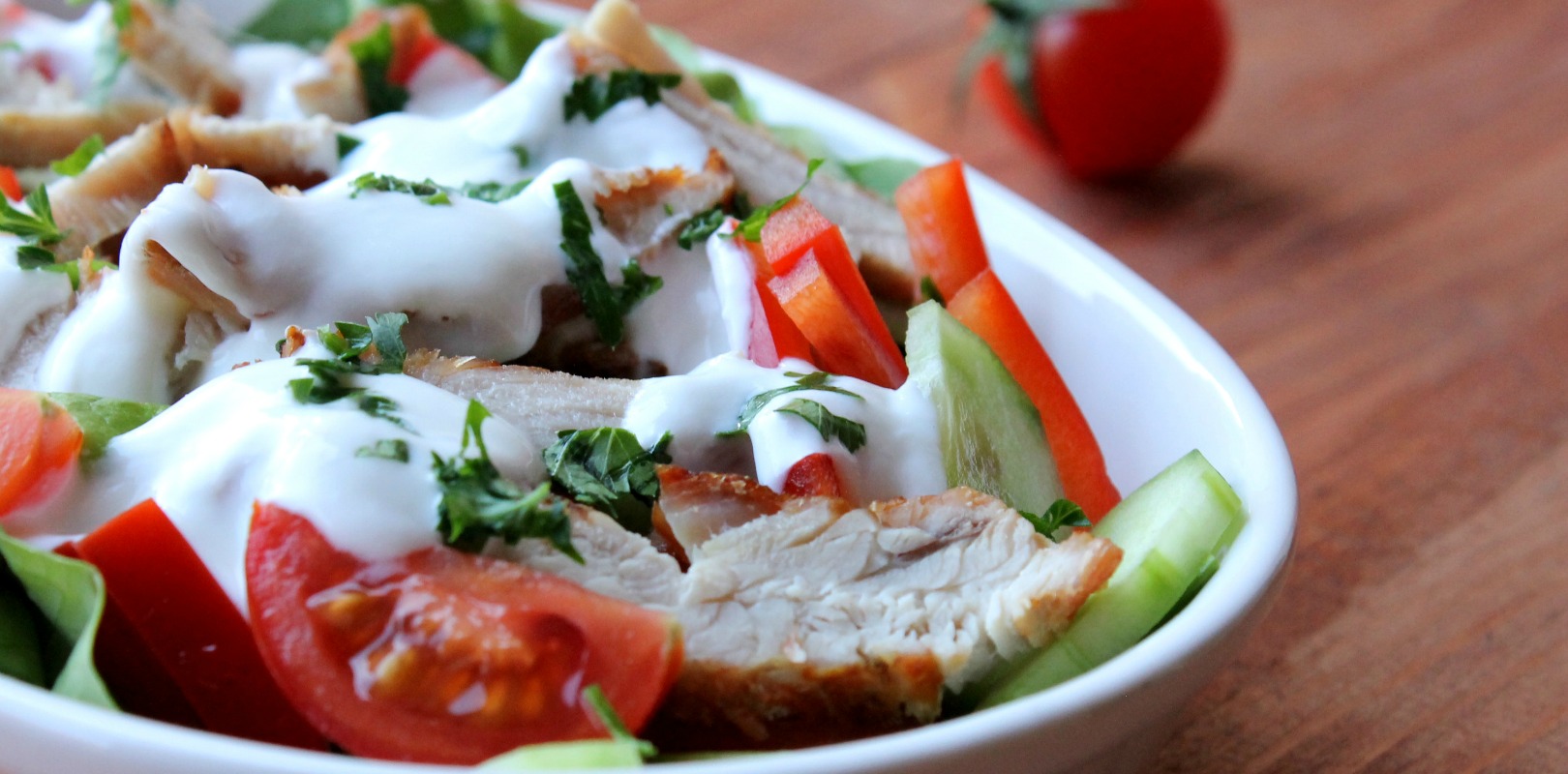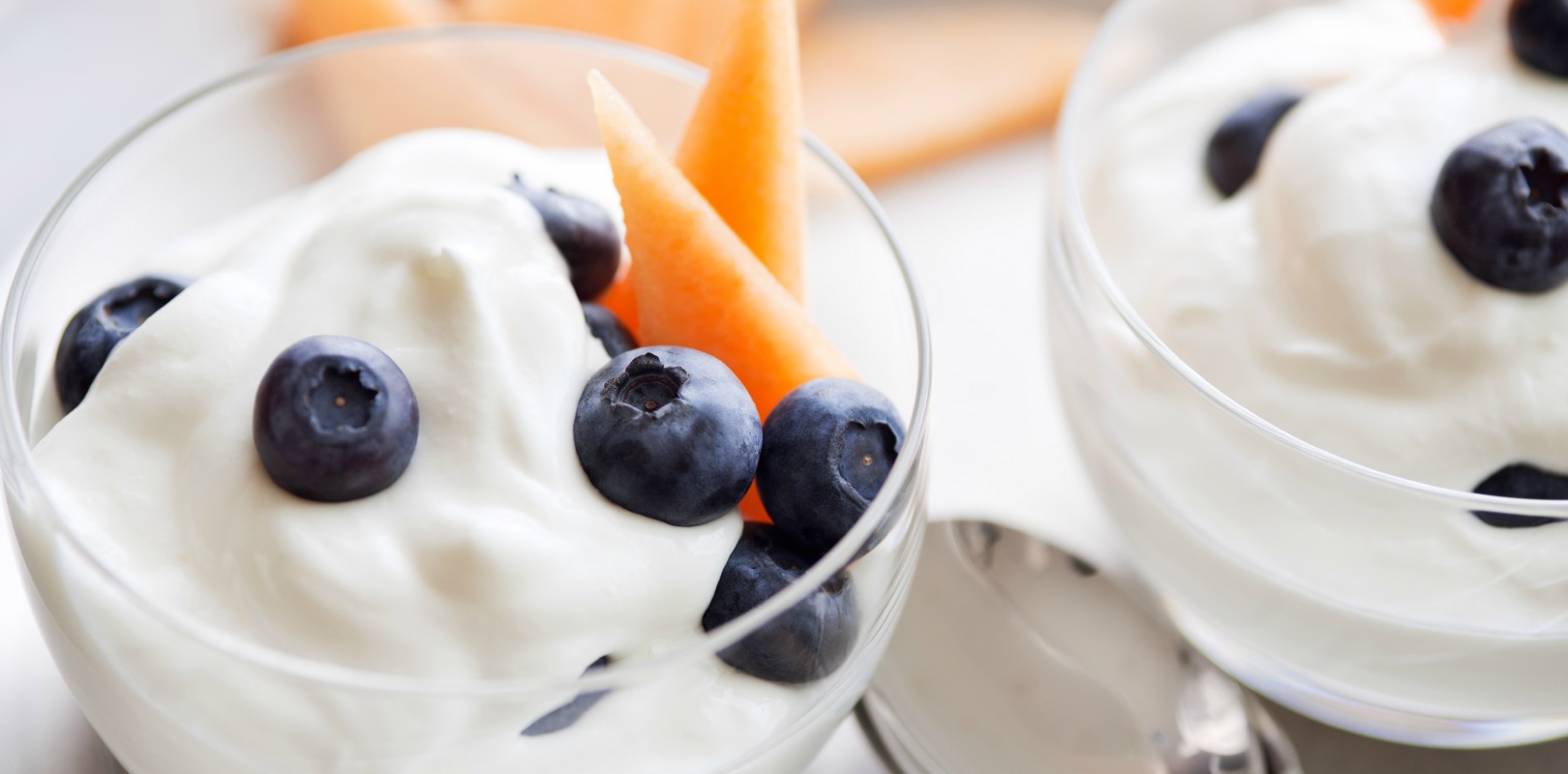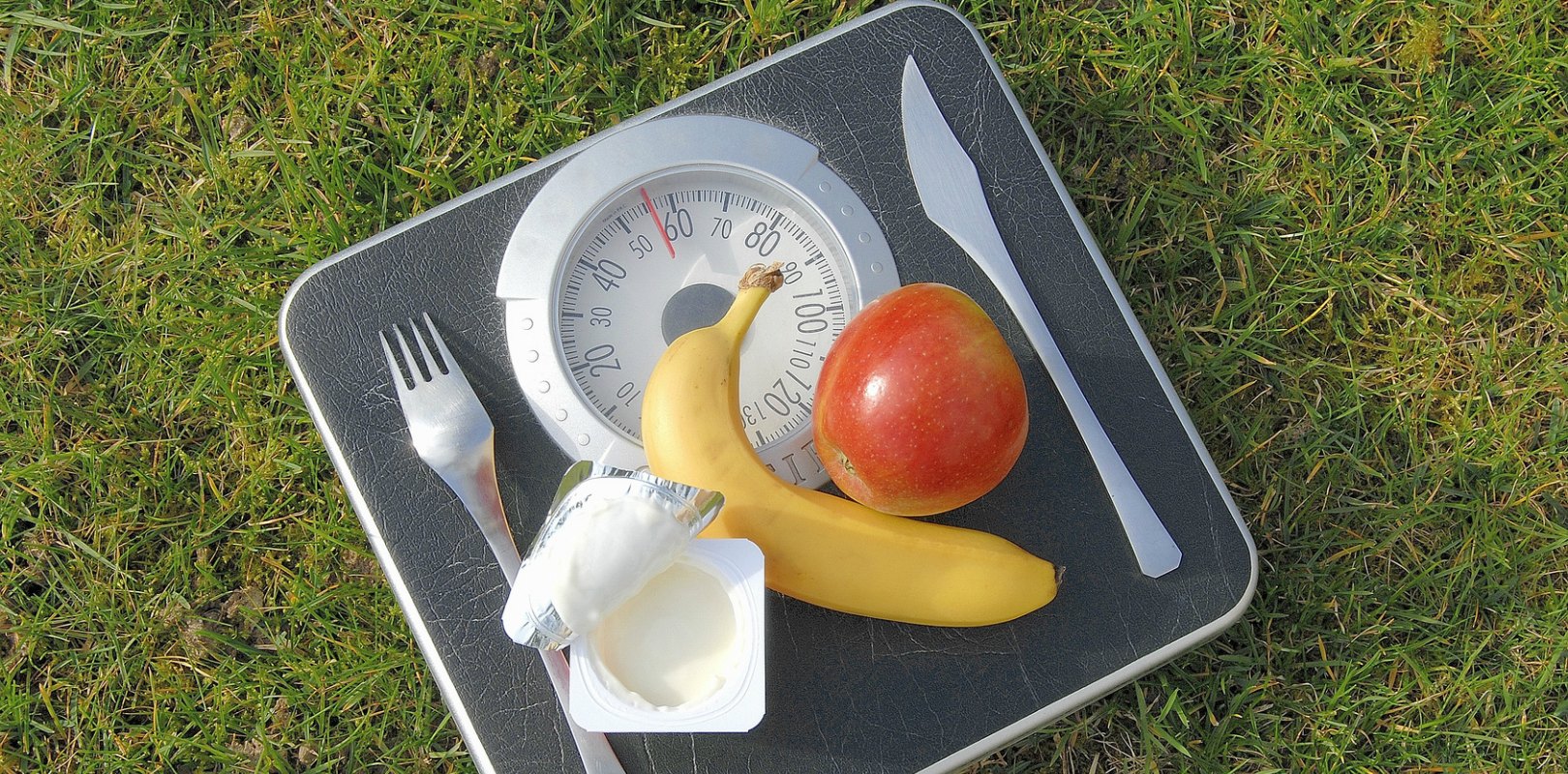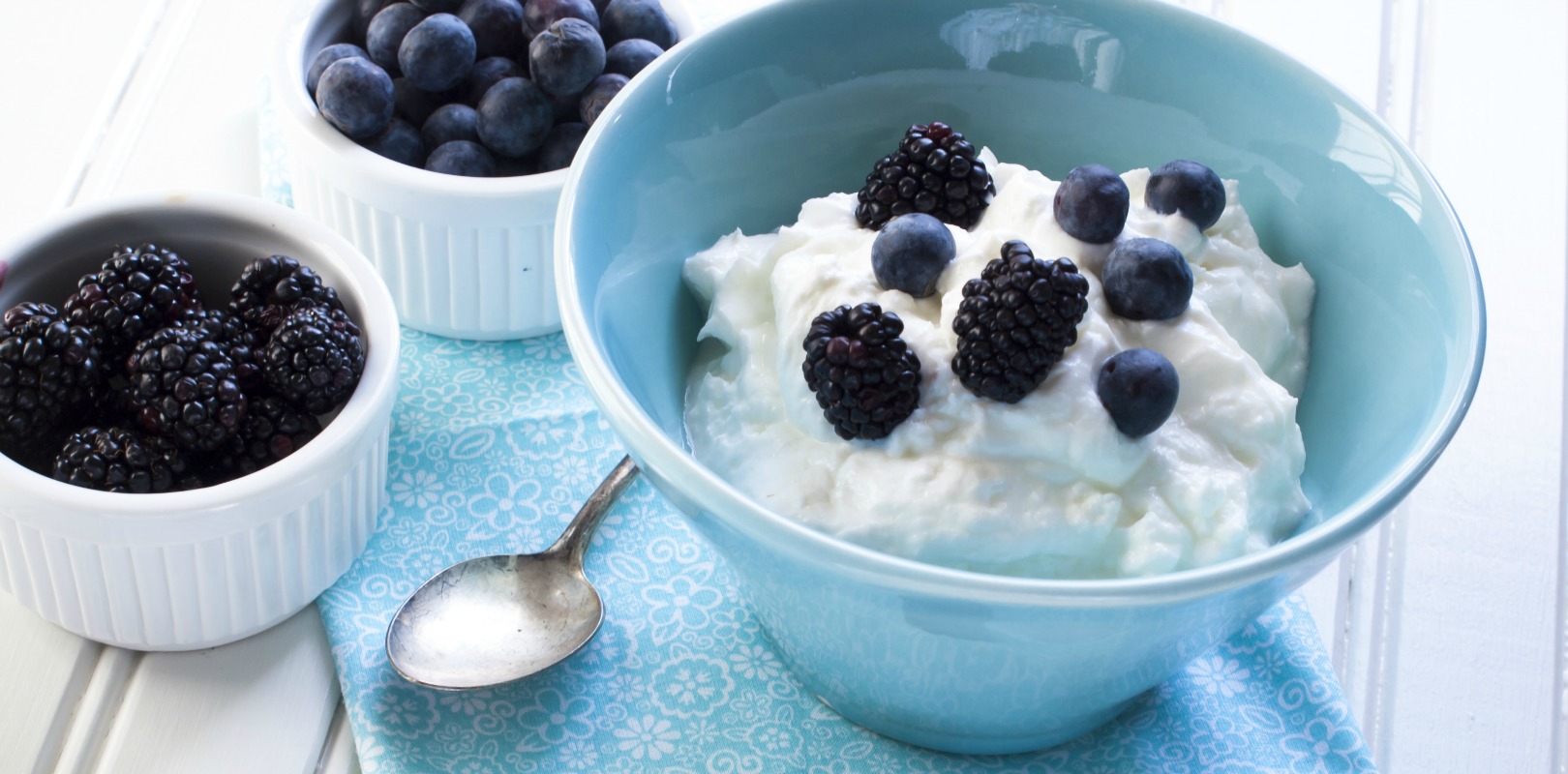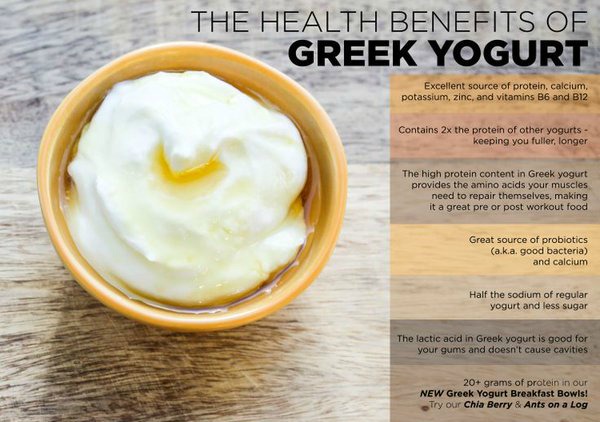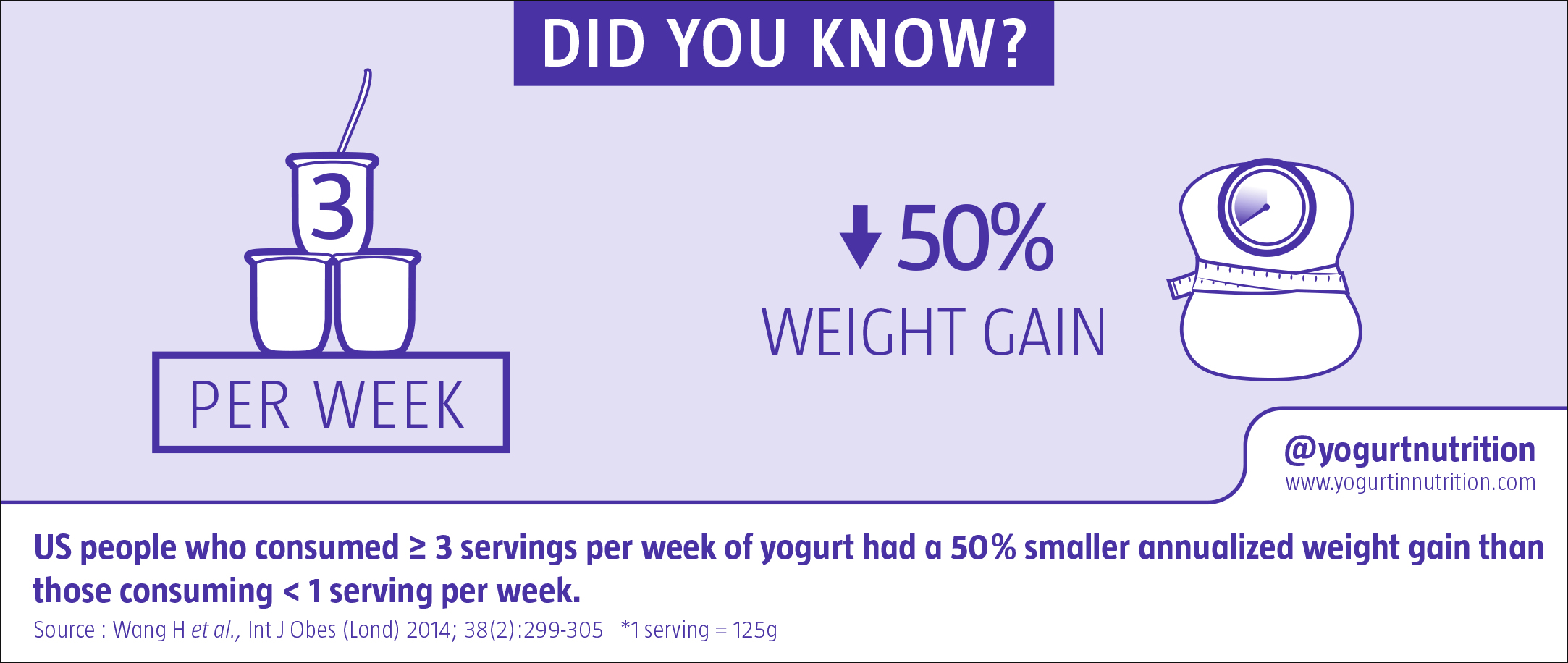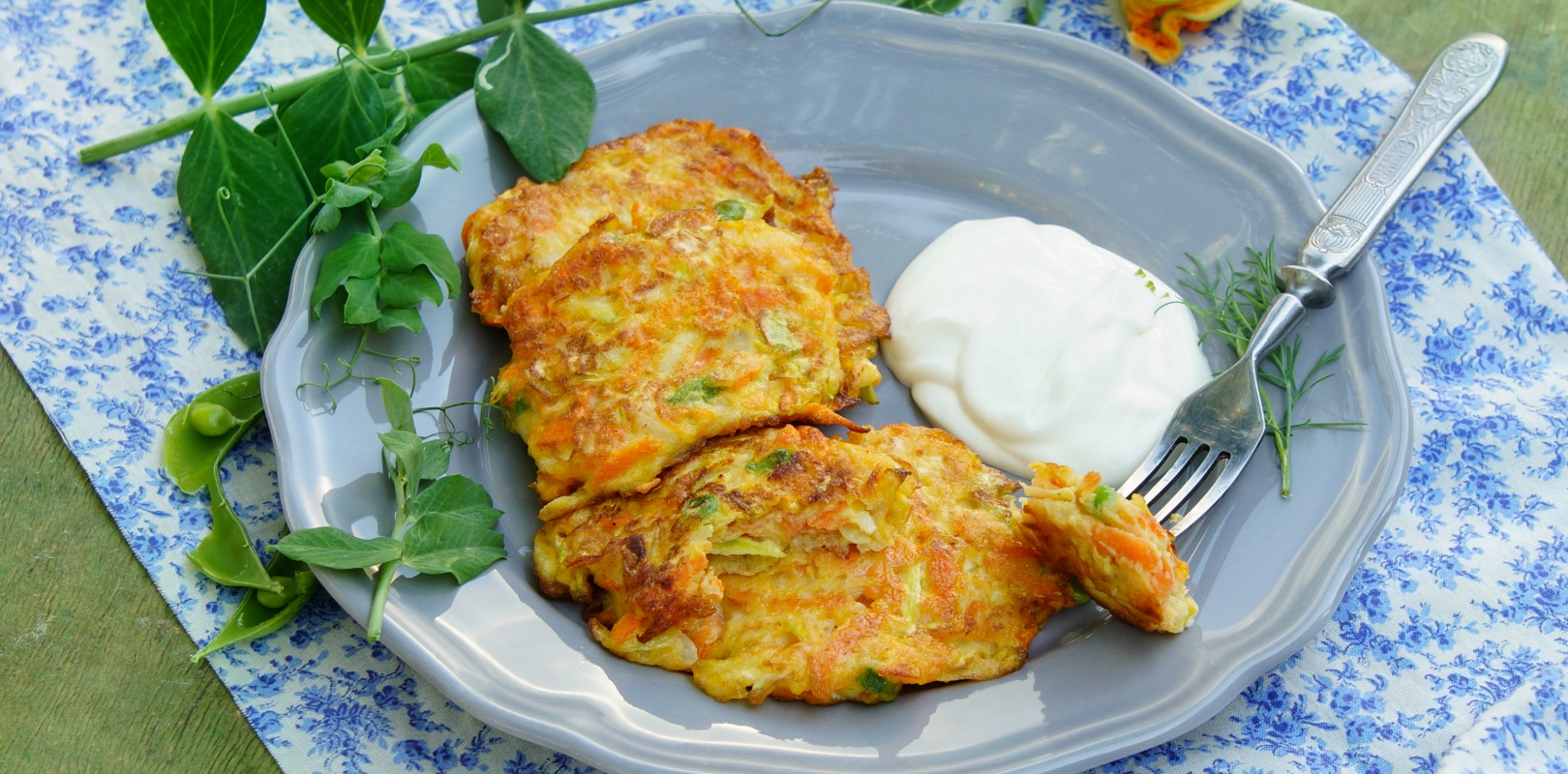Selected for you this week: 5 important things we need to know about yogurt and its benefits beyond the gut by Phil Lempert, the SupermarketGuru.
Yogurt is an ever-popular breakfast item, snack food, smoothie protein boost, and even a great marinade and accompaniment for some savory dishes. But what exactly characterizes yogurt, and should you be eating it? Find out the 5 things you need to know here.
By law, anything called yogurt must be made from a few common ingredients: milk, plus two species of bacteria: Lactobacillus bulgaricus and Streptococcus thermophilus. Other ingredients like fruit and flavors as well as other bacteria are optional.
What makes yogurts different? Mirjana Curic-Bawden the house expert on yogurt-making microbes at Christian Hansen explains that there’s lots of variation within any two bacterial species; for example, some consume lactose faster than others, while some release more of that sour, tangy flavor. In addition, some bacteria have a long and faraway heritage and were originally collected in the homelands of yogurt, i.e. Greece, Turkey, Bulgaria, the Balkans and the Caucasus region.
A typical yogurt-making culture contains four to six strains of bacteria. Many yogurt-makers add additional species of bacteria to the mix, such as Lactobacillus acidophilus, Bifidus regularis and Lactobacillus casei. These are the probiotics that are touted to improve intestinal health – but they don’t affect the yogurt’s flavor very much.
Benefits beyond the gut! Research has found that beneficial microorganisms play a critical role in how our bodies function. And it’s become clear that the influence goes beyond the gut. Our personal mix of bacteria influence our immunity against allergies, eczema and asthma, among other things.
Your gut instincts and gut feelings just might be right! “The gut-brain axis is the collective communication pathway between the gastrointestinal tract and the brain,”explains John Cryan, a professor of anatomy and neuroscience at University College Cork in Ireland. Cryan found that when he and his team took a strain of lactobacillus and fed it to one group of mice every day for a month, were a lot less anxious…“they behaved almost as if they were on Valium or Prozac,” according to Cryan. Now, researchers are starting to understand how our gut affects our emotional health!

